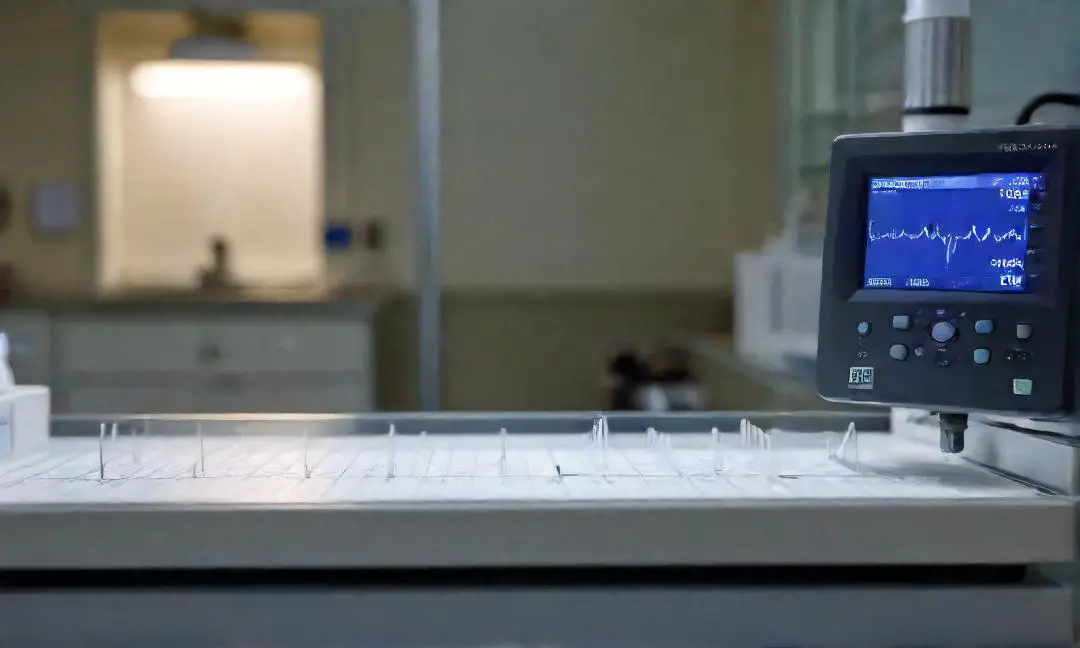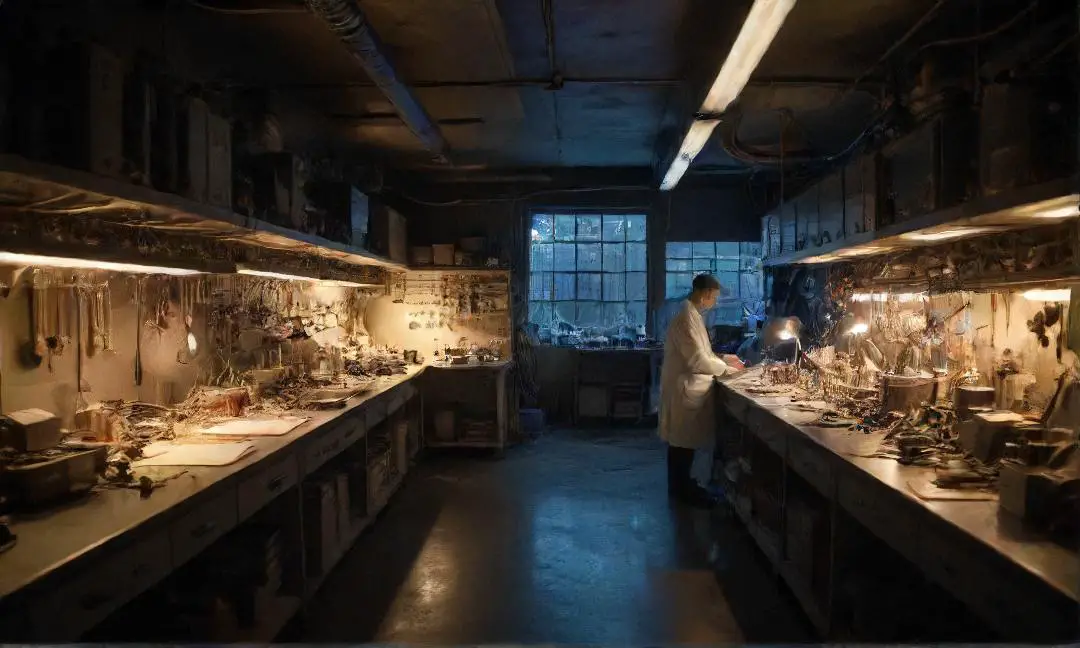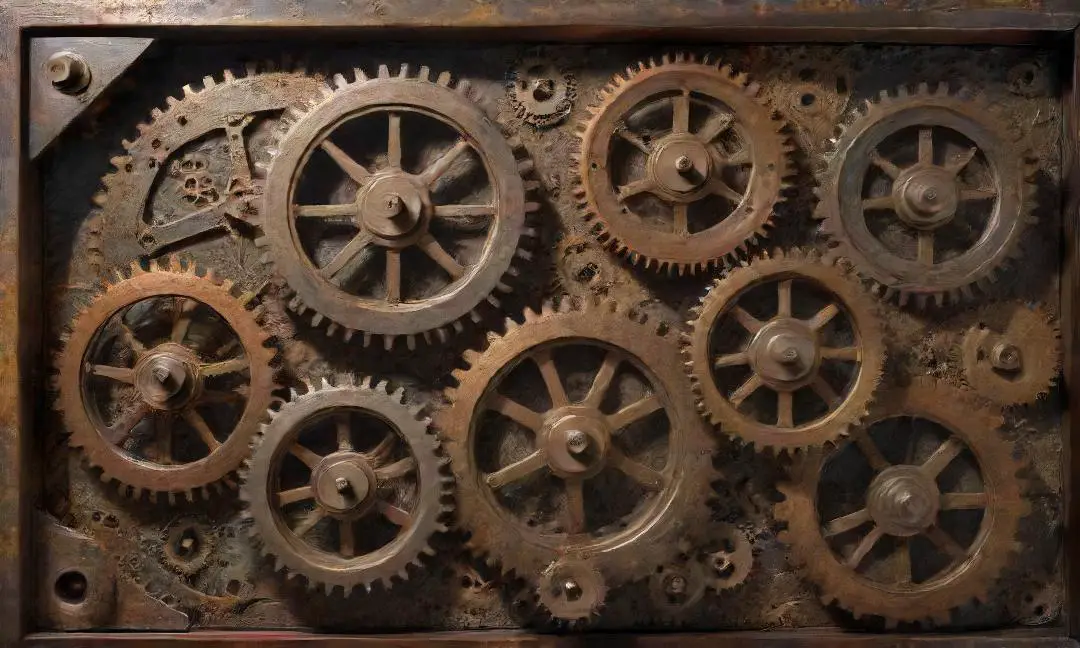
Importance of Calibration Frequency for Industrial Sensors
Why Regular Calibration Matters
Calibration ensures accurate sensor readings, vital for maintaining operational efficiency and product quality. Without regular calibration, sensors may provide misleading data, leading to costly errors and inefficiencies.
Impact of Inaccurate Readings
Inaccurate sensor readings can have far-reaching consequences, from production delays to safety hazards. Regular calibration helps prevent these issues, ensuring reliable data for informed decision-making.
Cost of Infrequent Calibration
Infrequent calibration may seem like a cost-saving measure, but the long-term expenses of errors and downtime far outweigh the initial investment in calibration. Regular calibration is a proactive approach to minimizing overall costs.
Risks of Skipping Calibration
Skipping calibration puts your operations at risk of major malfunctions or breakdowns due to faulty sensor data. The potential consequences of neglecting calibration can be severe, impacting productivity and profitability.
Benefits of Consistent Calibration
Consistent calibration not only enhances the accuracy of sensor readings but also prolongs the lifespan of equipment. By maintaining a regular calibration schedule, you can optimize performance, reduce downtime, and ensure regulatory compliance.
Setting a Calibration Schedule for Optimal Performance
Factors Influencing Calibration Frequency
To maintain top-notch performance, consider the environment’s impact on sensor accuracy. Temperature fluctuations or exposure to corrosive elements can skew readings. Additionally, the criticality of the measurements plays a role. For vital operations, frequent calibration ensures precision.
Evaluating the Right Calibration Interval
Finding the sweet spot for calibration intervals involves a delicate balance. Too frequent calibrations can be costly and time-consuming, meanwhile infrequent ones risk inaccurate readings. Analyze historical data and consult experts to strike the perfect calibration cadence.
Tools for Monitoring Sensor Performance
Equipping yourself with the right tools is paramount. Utilize advanced monitoring devices that provide real-time data on sensor performance. These tools offer insights into potential deviations, allowing proactive calibration adjustments before issues escalate.
Creating a Calibration Calendar
Organize your calibration schedule efficiently by establishing a detailed calendar. Include dates for upcoming calibrations, reminders for pre-calibration checks, and post-calibration verification tasks. A well-structured calendar ensures no sensor is left unattended.
Adhering to Industry Standards
Industry standards serve as the guiding light for calibration practices. Compliance ensures consistency and reliability in measurements. Stay updated on the latest standards and incorporate them into your calibration procedures to maintain precision and meet regulatory requirements.
Signs Your Industrial Sensors Need Calibration
Drifting Readings and Inconsistencies
Picture this: your industrial sensors are like the compass guiding a ship through turbulent waters. When the readings start drifting off course and inconsistencies arise, it’s akin to the compass needle spinning wildly. Calibration is the lighthouse that brings back accuracy and ensures your sensors stay true north.
Changes in Environmental Conditions
Imagine your sensors as chameleons adapting to their surroundings. Just like how a chameleon changes color in response to its environment, industrial sensors may falter when faced with shifting conditions. Calibration acts as their compass, helping them navigate through these changes smoothly and maintain optimal performance.
Error Messages or Alarms
Think of error messages or alarms from your sensors as warning signs flashing bright red. It’s like your sensors waving a flag, signaling for help. Calibration is the rescue team that swoops in to decode these messages, troubleshoot the issues, and restore your sensors to their full potential.
Comparison with Reference Standards
Consider your sensors as students striving for excellence in a standardized test. Just as students compare their answers with the answer key, sensors need calibration to align with reference standards. Calibration ensures they are on the right track, meeting the required benchmarks for accurate measurements.
Performance Deviations Over Time
Visualize your sensors as athletes training for a marathon. Over time, wear and tear can cause deviations in their performance, much like an athlete experiencing setbacks. Calibration serves as their coach, fine-tuning their skills, correcting any missteps, and keeping them in top shape for the long run.

DIY vs. Professional Calibration Services
Pros and Cons of DIY Calibration
- Embarking on the DIY calibration journey can save you time and money initially, but tread cautiously as inaccuracies may lurk in the shadows.
- Whilst DIY offers flexibility, the risk of errors looms large, potentially leading to compromised performance and safety hazards.
Importance of Certified Calibration Technicians
- Certified calibration technicians are the unsung heroes, wielding expertise like a seasoned warrior in the realm of precision measurement.
- They are the guardians of accuracy, ensuring your equipment performs like a virtuoso in a symphony of measurements.
Precision and Accuracy in Professional Services
- Professional calibration services are akin to a skilled artist, delicately fine-tuning your instruments with surgical precision.
- They guarantee the harmony of precision and accuracy, elevating your devices to a state of calibration nirvana.
Cost-Effectiveness Analysis
- Touching on the cost-effectiveness tango, professional calibration services may seem pricier upfront, but the long-term benefits sing a different tune.
- Consider it an investment in the symphony of your operations, where precision orchestrates efficiency and savings in the long run.
When to Opt for External Calibration Support
- Knowing when to tap into external calibration support is akin to a seasoned sailor reading the winds – timing is everything.
- When the seas of uncertainty grow stormy, seeking professional calibration services becomes the lighthouse guiding your vessel to safe harbors.
Best Practices for Maintaining Sensor Accuracy
Proper Handling and Storage Techniques
Just like delicate glassware, sensors require gentle care. Avoid rough handling to prevent damage that could throw off their accuracy. When storing sensors, shield them from extreme temperatures and humidity to maintain their sensitivity.
Regular Cleaning and Maintenance
A sensor’s worst enemy? Dirt and grime. Regular cleaning is key to ensuring accurate readings. Use gentle cleaning solutions and soft cloths to wipe away any buildup. Remember, a clean sensor is a happy sensor!
Environmental Considerations
Sensors are sensitive souls, easily influenced by their surroundings. Be mindful of the environment where sensors are placed. Factors like temperature fluctuations, exposure to sunlight, or even nearby machinery can impact their accuracy. Keep sensors in a stable, controlled environment for optimal performance.
Calibration Record Keeping
Think of calibration records as a sensor’s diary. Keeping detailed records of calibration dates and results is crucial for tracking accuracy over time. This historical data helps identify any deviations and allows for timely adjustments to maintain precision.
Training and Education for Users
Knowledge is power in the realm of sensor maintenance. Provide thorough training to users on proper handling, cleaning procedures, and the importance of environmental conditions. An educated user is more likely to follow best practices, ultimately prolonging sensor accuracy.
Calibration Frequency for Industrial Sensors
Touching on industrial sensors, calibration frequency is non-negotiable. Regular calibration ensures that sensors remain accurate and reliable in demanding industrial settings. Set a schedule for calibration based on usage, environmental conditions, and manufacturer recommendations to uphold precision at all times.

Leveraging Technology for Efficient Calibration Management
Automated Calibration Systems
Streamlining calibration processes is crucial for maintaining accuracy and efficiency. Automated calibration systems offer a hands-off approach, reducing human error and ensuring consistent results. By automating the calibration process, organizations can save time and resources in the course of improving overall productivity.
Remote Monitoring and Alerts
Remote monitoring capabilities provide real-time insights into the status of calibration activities. Alerts can notify technicians of any deviations or issues, allowing for immediate action to be taken. This proactive approach minimizes downtime and prevents potential equipment failures, ultimately increasing operational reliability.
Integration with Maintenance Software
Seamless integration with maintenance software enhances the overall efficiency of calibration management. By centralizing data and processes, organizations can optimize scheduling, track historical records, and generate comprehensive reports. This integration simplifies compliance with industry standards and regulatory requirements.
Data Analysis and Trend Identification
Analyzing calibration data enables organizations to identify trends and patterns that can inform decision-making processes. By leveraging technology for data analysis, organizations can proactively address potential issues, optimize calibration schedules, and optimize equipment performance. This data-driven approach fosters continuous improvement and operational excellence.
Continuous Improvement Strategies: calibration frequency for industrial sensors
Implementing continuous improvement strategies involves evaluating calibration frequencies for industrial sensors based on data-driven insights. By adjusting calibration intervals according to equipment usage and environmental factors, organizations can optimize performance and extend the lifespan of sensors. This proactive approach ensures that calibration activities are aligned with operational needs and regulatory requirements.
